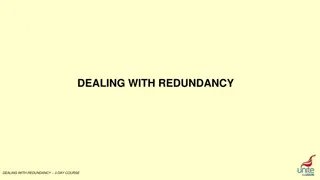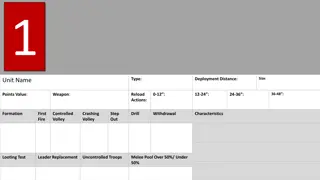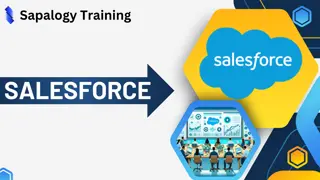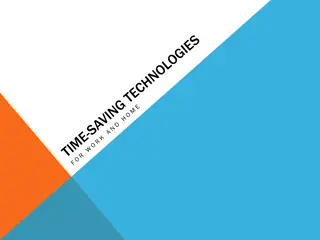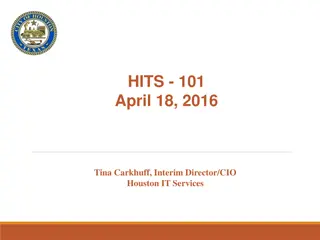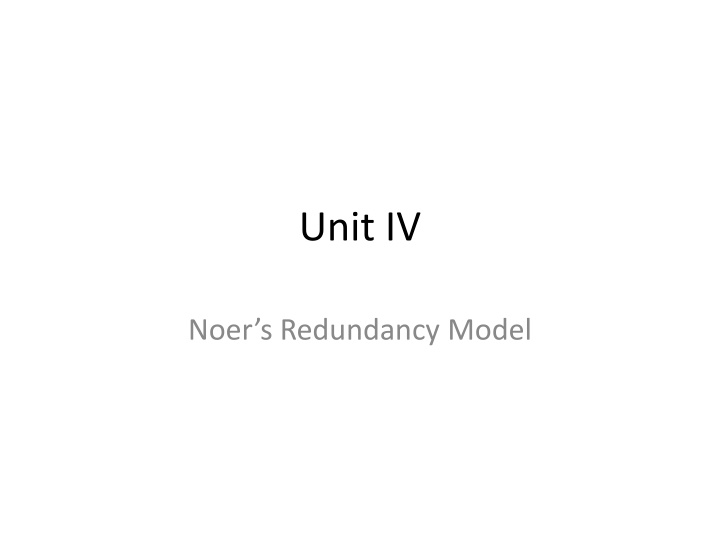
Effective Strategies for Managing Restructuring Process
Know the 4 levels executives must focus on when dealing with the human side of restructuring: implementation, emotions, future focus, and change embedding. Learn how to plan, communicate, handle emotions, support survivors, and embed new ways of working to navigate the restructuring process successfully.
Download Presentation

Please find below an Image/Link to download the presentation.
The content on the website is provided AS IS for your information and personal use only. It may not be sold, licensed, or shared on other websites without obtaining consent from the author. If you encounter any issues during the download, it is possible that the publisher has removed the file from their server.
You are allowed to download the files provided on this website for personal or commercial use, subject to the condition that they are used lawfully. All files are the property of their respective owners.
The content on the website is provided AS IS for your information and personal use only. It may not be sold, licensed, or shared on other websites without obtaining consent from the author.
E N D
Presentation Transcript
Unit IV Noer s Redundancy Model
Noers Redundancy Model Noer s model suggests that executives have to focus on 4 levels when dealing with the individuals side of restructuring: 1) getting the implementation process right: this may sound obvious, but some companies do not plan the process before starting making people redundant. This results in messy and chaotic messages, lack of clarity and consistent approach across the organisation. Getting the implementation process right is key: who does what, communication, Q&As, equip managers with the right tools to carry out the restructuring exercise with compassion, identify deadlines and legal requirements. Getting this stage right minimises the risk of claims for unfair dismissal and grievances.
2) dealing with emotions: getting the process right on paper is one thing, having the ability to deal with people reactions require completely different tools. Marching people outside the premises, delivering the message over the phone or via email are just routes to disaster. Managers need to be trained and supported on how to better handle people feelings (e.g. anger, sadness, distress, de-motivation). Managers can facilitate the level 2 by using one to one meetings or team meetings.
3) focusing on the future: this level relates to the need to focus on the survivors, those who have not been made redundant and will carry on working for the organisation. It is working at their self-esteem, sense of guilt and motivation. This level of the process can be facilitated by involving individuals and teams in shaping the organisation s future.
4) embedding the change: the laissez- faire approach (pretending that nothing has happened) is a poor approach as it just swipes the problems under the carpet. The best way forward is to embed the change into the new way of working. How? By redefining the psychological contract with the employees, embodying the new culture and values.





